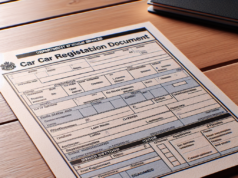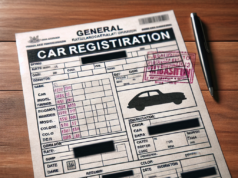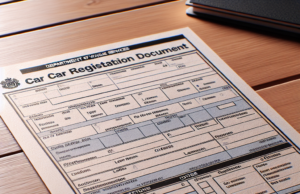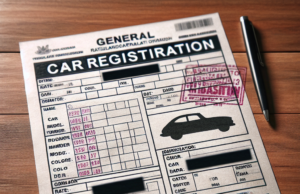
What is a Driving Record?
All state Departments of Motor Vehicles in the United States will maintain and provide driving records in some fashion. These driving records are fundamental pieces of public information that document an individual’s driving habits and history. A driving record will provide a formal listing of all violations, suspensions and other details concerning an individual’s driving history. Because the driving record lists all infractions procured by a motorist, the document is used as a guideline to record points and determines an individual’s insurance rate.
Individuals may order driving records online, directly from their state government or their Department of Motor Vehicles. Also, 3rd party advertisers will offer driving records to those interested. Regardless of the supplier, all orders for driving records will cost a fee.
Driving records may be attained by the driver himself as a means to check their driving history or may be secured by a business to cross-reference the individual’s application and view his/her driving history. Businesses aligned with deliveries or that utilize automobiles will typically order driving records for prospective workers.
Types of Driving Records:
In general, there are two types of driving records: online driving records and certified driving records. Also referred to as Motor Vehicle Records, a certified driving record will provide a detailed list of all convicted traffic infractions and violations. Individuals may order these public records through the state or through independent vendors. The two types of driving records mentioned above will provide uniform information; the only difference between the two documents is how they are delivered to the individual—the online driving record is appropriately delivered via electronic mail while the certified driving record, which is typically sent by the state, will be delivered via traditional mail.
Why Would I need to Order a Driving Record?
As stated above, there are two primary reasons why someone would order a driving record: for employment purposes or to keep track of your driving points.
Similar to a consumer’s credit rating, a driver may order their driving record to view and keep track of their listed infractions or driving violations. It is important to view your driving record because the presence of unpaid tickets or multiple infractions will increase your insurance premium and land you one step closer to a license suspension. It is also important to check your driving record to ensure legal driving; checking to see whether your license has been suspended or revoked will help avoid serious problems in the future.
Similar to credit profiles, mis-reporting is possible on driving records. Because of this and the penalties associated with the latent information, it is suggested that you observe your driving record once every few years.
Employers—typically those aligned with the delivery industry—will request driving records to ensure that a prospective employee’s driving history is clean. Also, auto insurance companies will constantly review the information latent in the public record to calculate insurance premiums. The driving record, thus, serves as the fundamental tool to evaluate and forecast an individual’s driving habits.
Most commonly, a motorist will secure a driving record to accomplish the following:
• Check driver’s license status and license suspension
• Check driver’s violation codes and license points
• Check all traffic tickets, violations and attached fines that you have accumulated over a certain period of time
• Provide a history of all traffic accidents that you have been involved in
• Observe your license classification and any or all attached endorsements
How Will My Driving History Affect My Insurance Rates?
A car insurance company will factor in your driving history when calculating your insurance premium. If your driving record reflects a number of traffic tickets, accidents or a DUI conviction, the insurance company will consider you a high-risk driver. This classification will inevitably be met with increased insurance premiums.





















